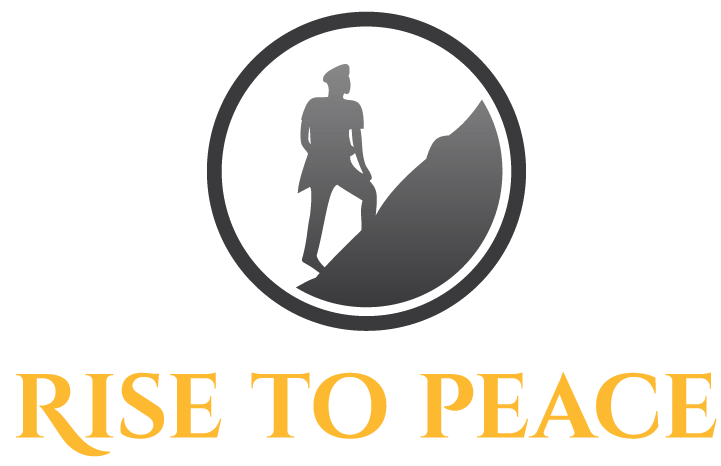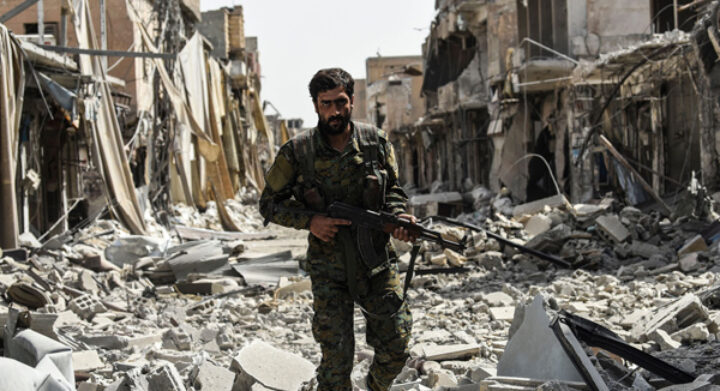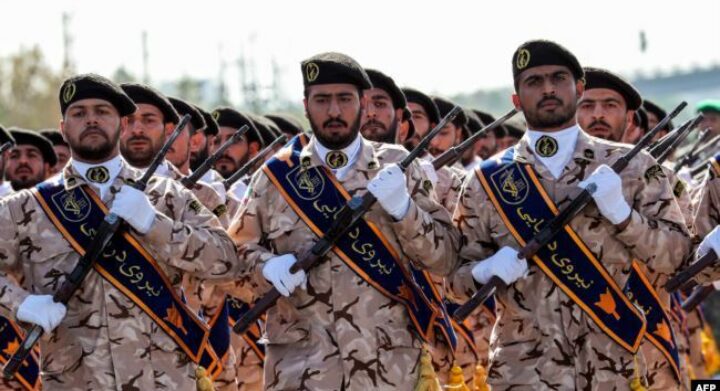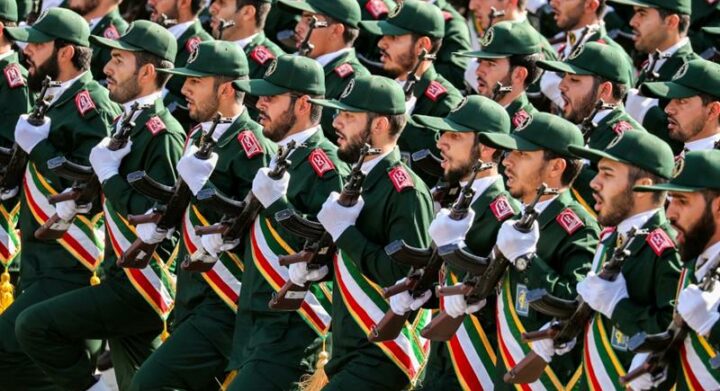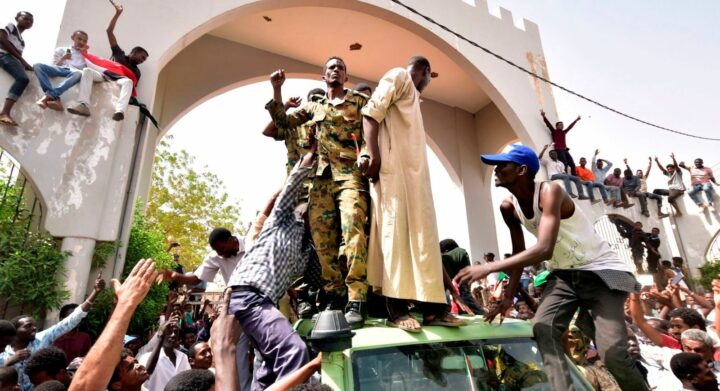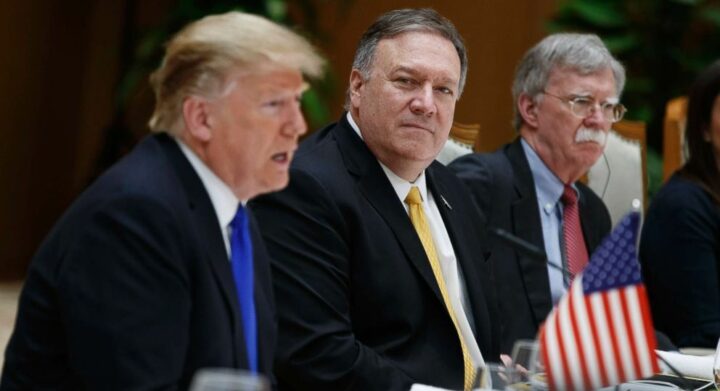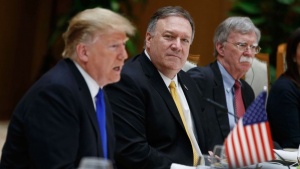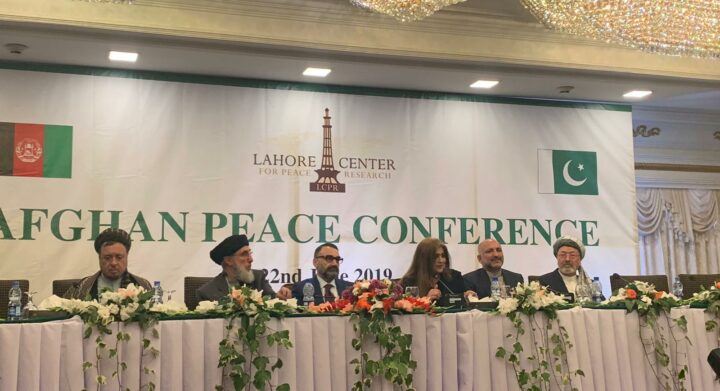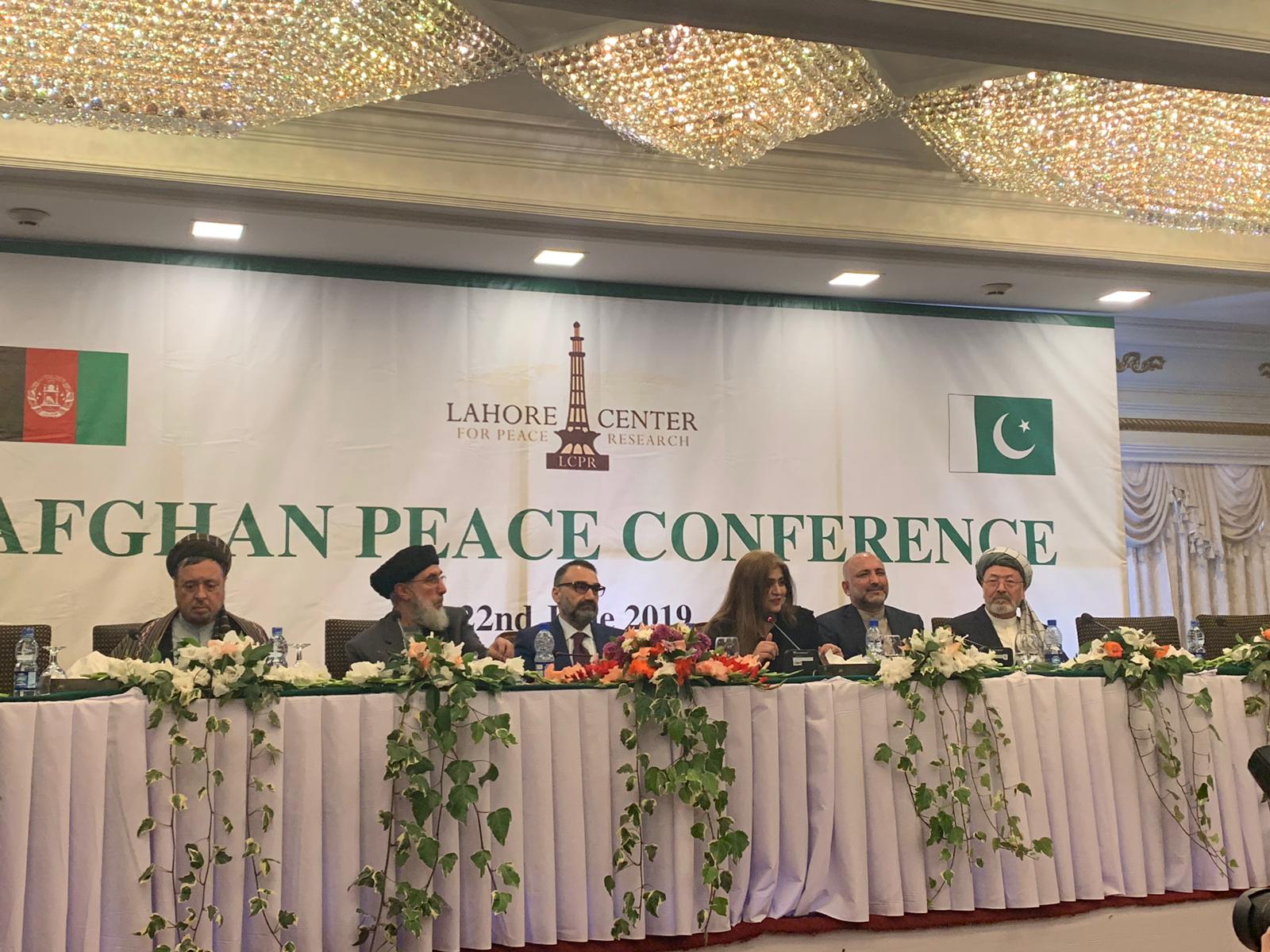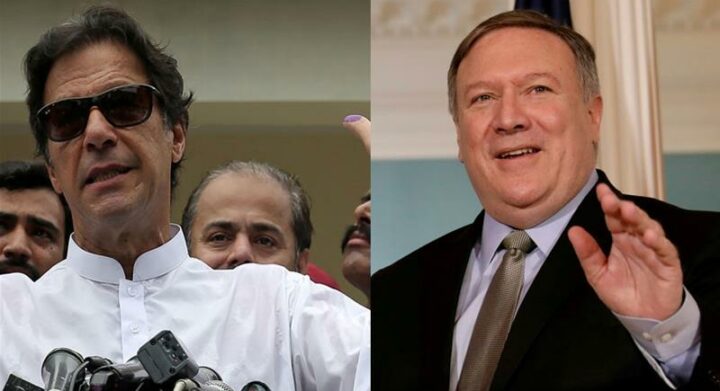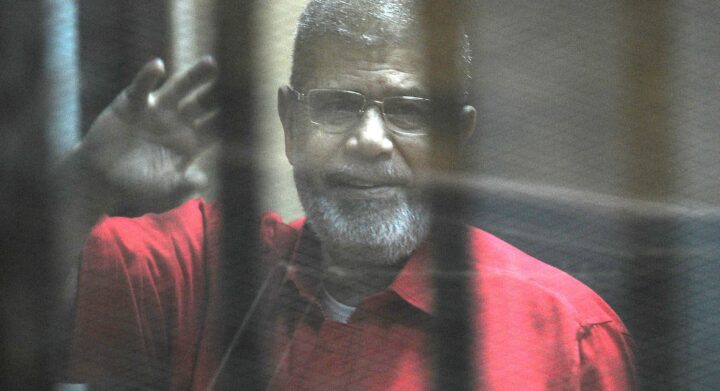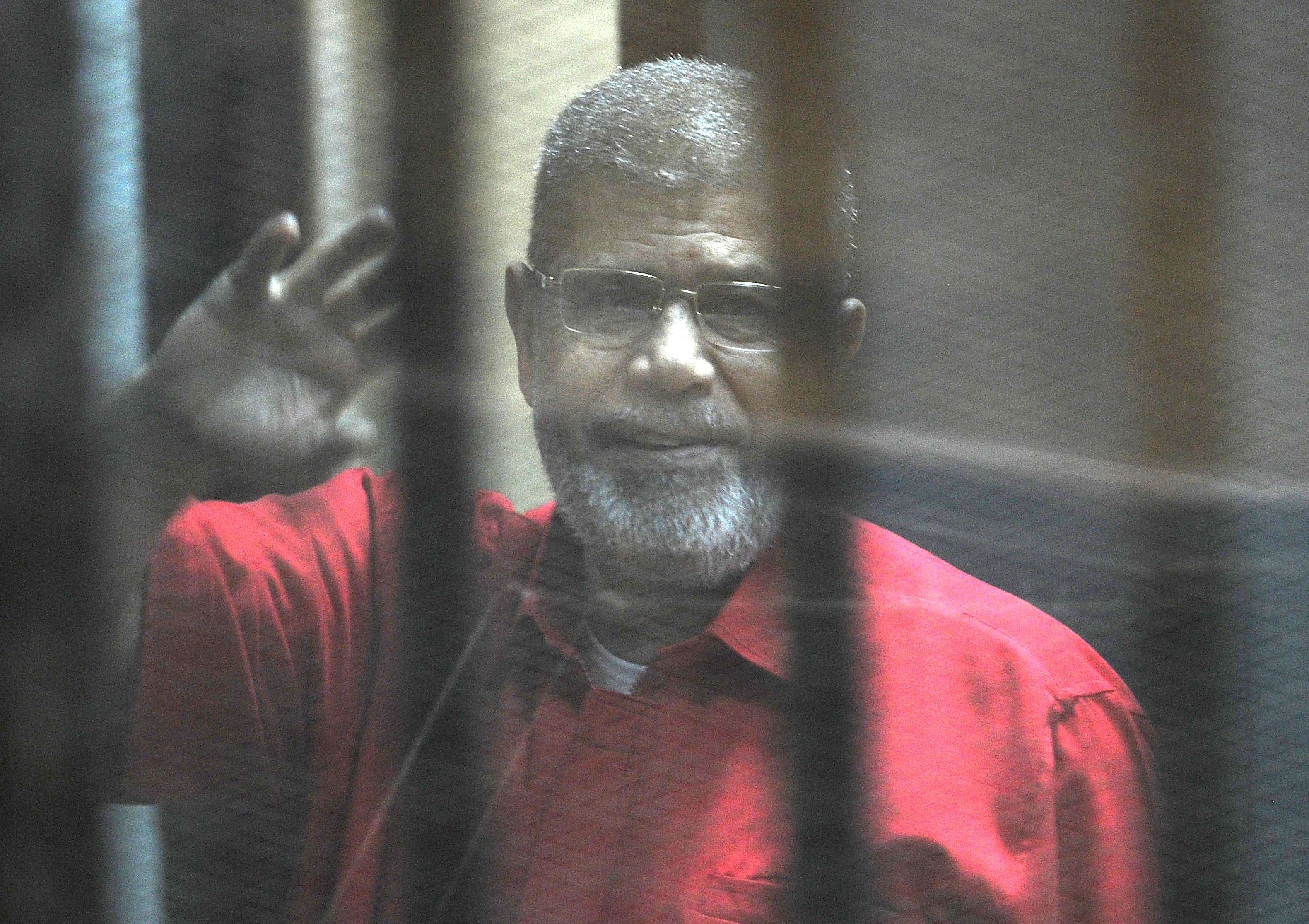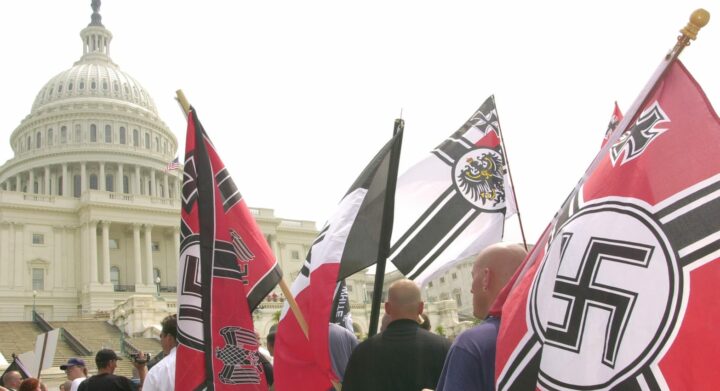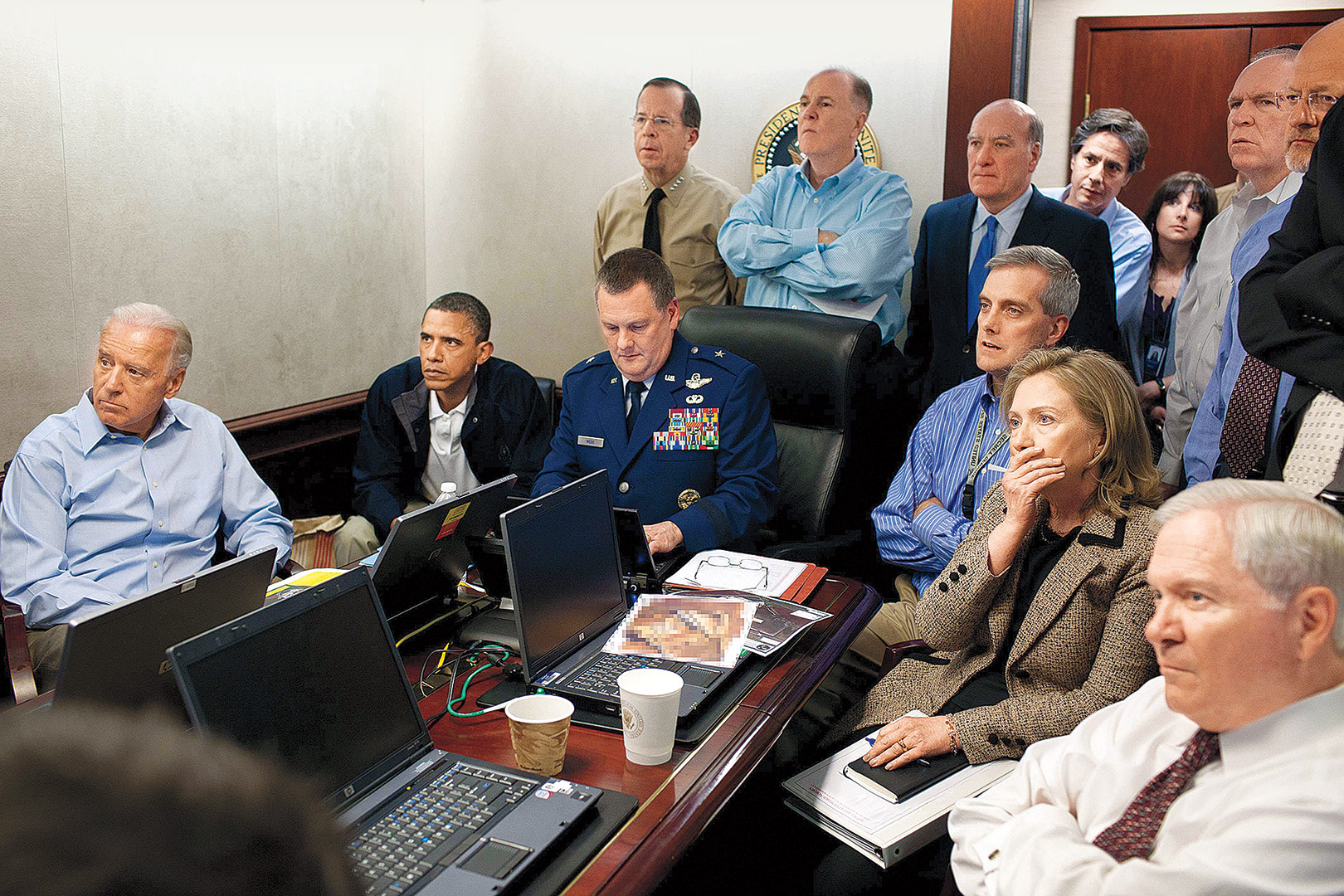
President Barack Obama, Vice President Joe Biden and Secretary of State Hilary Clinton, along with members of the national security team, receive an update on the mission against Osama bin Laden in the Situation Room of the White House Photo: PETER SOUZA
May 1, 2011: United States Navy SEAL Team 6 boarded two helicopters and crossed the Afghan border. They flew low, evading radar coverage on their way into Abbottabad, Pakistan (a military town home to the Pakistani military academy) and the location where U.S. intelligence believed they would find America’s most wanted criminal, the man responsible for the terrorist attacks of September 11th, 2001.
The excitement of the day eight years ago masked the fact that modern US-Pakistani relations were laid bare. A clearer picture emerged as the public discovered that the mission to capture or kill Osama Bin Laden was conducted without the knowledge or involvement of the Pakistani government and that this lack of transparency was not an anomaly in the era of the War on Terror.
During the Obama presidency, U.S. policy was designed to elicit Pakistani support in order to facilitate a renewed focus on winning the war in Afghanistan, as many Taliban elders sought refuge in the tribal regions of Pakistani northern Waziristan.
This entailed limited appeasement of the Pakistanis, in order to try to develop the partnership through billions of dollars in aid and support. Former Obama administration national-security council advisor Joshua White, now at The Brookings Institution, explained that at that time “the duplicity of Pakistan’s intelligence services was baked into the stock price of U.S.-Pakistan relations.”
Despite this understanding, as time went on inaction and opposition to US policy in Afghanistan would strain the relationship. It seemed the Obama Pakistan policy was doomed by a fundamental reality of US relations in the region: Security issues have always been the most pressing impetus for diplomatic relations, and they will always find a way to dominate the agenda.
The problem then and remains today that tensions will inevitably arise from a mismatch in security interests between the two countries. Several more diplomatic incidents involving CIA assassins and an unintentional attack on Pakistani forces by a NATO warplane would later underscore the reality of relations with Islamabad for Obama, who would later acknowledge that he questioned why the alliance existed at all.
The Trump administration benefits strongly from the hindsight of the Obama years. For them, the problem of demanding greater Pakistani action is much more one of stop-losses. Despite bilateral failings and differing priorities, the Pakistanis outstrip most other allied nations in counterterror action against organizations like Al Qaeda, the Pakistani Taliban, the Haqqani Network and other mutual nuisances, but less so when it comes to unilateral US concerns like the Afghan Taliban.
A senior US intelligence official interviewed by The New Yorker last year described the “maddening truth” that despite the willingness to give funding and sanctuary to Taliban leaders, “Nobody had taken more bad guys off the battlefield than the Pakistanis.” Islamabad’s willingness to prioritize their own interests has long been tolerated, but that may be coming to an end as the new administration’s foreign policy is seen as less flexible.
President Trump appears to be comfortable taking a hardline position with Pakistan, raising the bar for access to US aid in the hopes of greater support, while seemingly willing to accept diminished returns if they are not willing to step up counterterror efforts. Last year he spoke out on Twitter condemning Islamabad’s lack of commitment as he announced a wave of significant cuts to economic and military aid in an attempt to underscore the seriousness of his administration’s new policy.
For the administration, a diminished – but not severed – the alliance has some advantages.
The US occupies a precarious position, balancing concern for regional partners like India and the desire to continue efforts to develop an exit strategy for Afghanistan, which are heavily predicated on Pakistani support to the Taliban.
Reducing military aid while enjoying the benefits of the somewhat diminished counterterror efforts Pakistan carries out on its own would allow the U.S. to reassure commitments to India but would cost the U.S. significantly in negotiations with the Taliban in Afghanistan. For now, Trump has not yet made clear which is the ultimate priority in the region.
Continued indecisiveness will threaten new bilateral economic agreements with India.
Given the mandate Indian PM Narendra Modi holds from his recent victory, he is likely to extend his hardline anti-Pakistan rhetoric, particularly after the widely condemned Pakistani sponsored JeM attacks on a bus of Indian troops in April.
As India rachets up tensions, Pakistan stands squarely in the crosshairs of this emerging and potentially invaluable alliance for Washington. India’s position as a regional power makes it a priority, as their capability to check back against the rise of China can resolve a signature Trump policy goal. Sacrifices are going to have to be made. The result of such decisions may be grave for Pakistan.
As future US-Pakistani relations evolve, there must be a greater focus on bilateral accountability, commitment, and anti-corruption efforts.
Without them, future efforts to combat terrorism in the region will likely remain productive when there is an ongoing mutual interest, but continue to be hampered by distrust and lack of commitment when U.S. attention turns to groups with which Pakistan finds strategic convenience in turning a blind eye, particularly with the Taliban.
Likewise, if the rift between the nations were to exacerbate, the Pakistanis may find limited access to important trade and economic aid which has been essential to the local economy and may struggle with counterterror coup-proofing to resist regional insurgents bent on vying for control of the country.
A significant part of the decision to retain the support of Pakistan needs to be made with respect to the continuing goals and strategy in Afghanistan. Pakistan has never made secret its efforts to back regional extremists in the northern tribal areas of that country and has long given refuge to Taliban elders within its borders.
Obama set the course for a slow withdrawal from Afghanistan, along with the legitimization of Taliban rule in exchange for the closure of terror camps – the pre-9/11 US strategy.
If Trump wants to take the position that there cannot be legitimate Taliban rule in Afghanistan under his watch, then he will have to put increasing pressure on Islamabad to force greater counter-terror participation.
If the administration is content with the settlement being developed by the US special envoy for Afghanistan – a plan albeit widely unpopular with Congress – then it may be wise to dissolve much of the alliance in favor of broader support of India.
This reflects a much bigger crossroads in the future of US threat analysis: does the administration believe it necessary to remain engaged in widespread counterinsurgency, or is it time to cut losses in favor of a solution to emerging great power woes?
